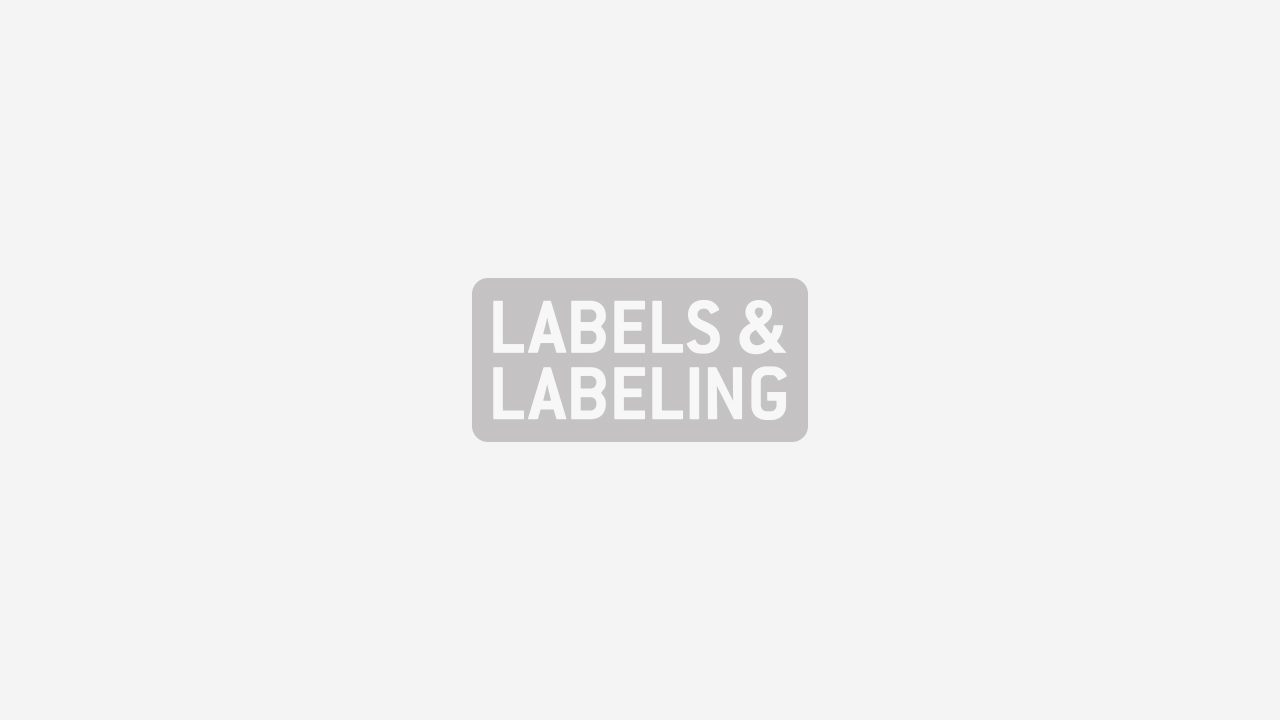Strong recovery for Latin American label markets

Increasingly favorable economic conditions are stimulating strong growth in the Latin American label industry, as James Quirk reports
Labelexpo exhibitions are an effective gauge of the state of the label industry in a given region. Labelexpo Europe in 2009 helped to stimulate a renewed optimism in the industry in the wake of recession; while this year, in Chicago in September, Labelexpo Americas was marked by the significant impact made by visitors from Latin America to the show.
Visitors from the region have long been a driving force behind the event’s rising attendance figures, but never before have they made such a tangible impact on the atmosphere on the show floor.
For rather than a significant increase in attendees from the region, this year Latin American converters made their presence felt by spending money. The show floor was continuously awash with news of fresh deals signed, as most of the major press manufacturers, including Gallus, HP Indigo, Mark Andy, MPS and Nilpeter – as well as advanced converting system suppliers such as Cartes and Rotocontrol – reported orders from the region.
Leading industry suppliers’ commitment to the region was reinforced with the signings or announcements of a number of distribution deals, including by press manufacturers Nilpeter and Xeikon. One exhibitor at the show, Argentine software developer UpSoftware, revealed to L&L that the number and quality of the visitors from the region justified its strategy of attending the event purely to target that audience.
Strong recovery
Investment in capital equipment might be specific to the situations of individual companies, or influenced by certain economic situations – a rising import tax expected next year in Argentina, for example, has motivated a recent flurry of installations – but, in its simplest terms, it is reflective of a market’s increasing label consumption.
Per capita label consumption is intrinsically linked to a country’s economic performance. According to a special report by the Economist magazine, the five years to 2008 were Latin America’s best since the 1960s, with economic growth averaging 5.5 percent a year and inflation generally in single digits. Furthermore, a region which has long been synonymous with financial instability suffered far less than other parts of the world during the recent recession. After a brief downturn in late 2008 and early 2009, a strong recovery is now under way, with most forecasts suggesting economic growth of over 5 percent this year for the region as a whole.
Brazil, with a population of 191 million, accounts for a third of Latin America’s total and 40 percent of the region’s GDP. Since 2007, the country has begun to grow faster than the regional average, achieving an impressive 11 percent in the year to March 2010.
Mexico has 25 percent of the region’s GDP. Like the big two, Chile, Colombia, Panama and Peru have investment-grade credit ratings, and all four are growing fast. If the region can keep up the growth of the past few years, speculates the report, it will double its income per person by 2025.
Increasing consumption
Analyses specific to the label sector paint a similarly positive picture. In its recently published study of the South American label markets, Netherlands-based consultancy and event organizer AWA Alexander Watson Associates reports that the region experienced an above-average label market growth of 4.5 to 5 percent between 2008 and 2009.
Pressure-sensitive material consumption was estimated at 940 million square meters in South America in 2009, equivalent to 25 percent of South American label volumes.
Overall, glue-applied labels had an estimated 64 percent share of the South American label market in 2009, equal to 2,390 million square meters. Cold (wet) glue label formats have a 48 percent share of the total label market at a volume of 1,800 million square meters; the balance of 16 percent, or 590 million square meters, is in the hot melt glue applied or wraparound label format.
South American use of sleeve labeling technologies is estimated at 110 million square meters, approximating to 4 percent of the regional market label demand. Heat shrink sleeve labels with a volume of 65 million square meters represent the leading sleeve label format. South American consumption of in-mold label technologies is estimated at 30 million square meters.
World demand for labels in 2009 is estimated at 41 million square meters, with South America accounting for 9 percent of the total at 3,680 million square meters. Regional growth is forecast to continue at a compound annual growth rate (CAGR) of 5 percent for the period 2009 to 2014, to yield an additional 1,000 to 1,100 million square meters of demand.
Growth in pressure-sensitive labels is forecast at a CAGR of 6 percent for the period 2009 to 2014. Growth for glue applied labels is estimated at 4.5 percent. Greatest growth is predicted to be in heat shrink sleeve labels, at 8 percent. In-mold labels are forecast to grow from a relatively low 2009 figure at a CAGR of 8 percent through to 2014.
The report issues a warning, however, that the position of printers in the value chain is becoming increasingly vulnerable due to a number of factors, including cost pressures through rising raw material prices and pressures from end users for lower prices based on shorter, more frequent print runs.
Market trends
The report identifies a number of major trends in the region’s label industry. Growth in label volumes is being driven by increasingly resilient economies and growing numbers of consumers with disposable income. Investment in print capacity is advancing at a faster rate than general label market growth, which demonstrates both the expansion of the sector and challenges of increased competition faced by converters.
Glue-applied labels remain the most widespread, driven by growth in PET bottles for carbonated soft drinks and mineral waters across the region, but pressure sensitive, heat shrink sleeve, and in-mold labels continue to capture a share of growth.
In common with other major label markets, the region is witnessing a trend towards shorter, more frequent print runs, but there are wide country-by-country variations in label formats and materials and in the competition from alternative packaging methods.
Increasing consumer affluence, along with demographic and lifestyle changes, are driving product sectors such as carbonated soft drinks, mineral waters selected for health, and personal care and health products.
For more information about AWA’s South American Market Study & Sourcebook, visit www.awa-bv.com.
This article was published in the 2011 L&L Yearbook
Stay up to date
Subscribe to the free Label News newsletter and receive the latest content every week. We'll never share your email address.


